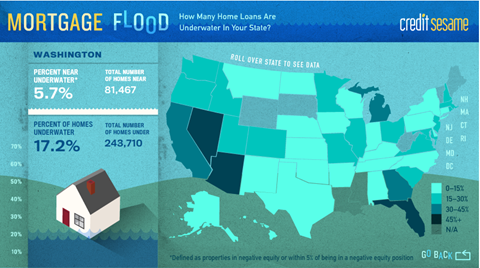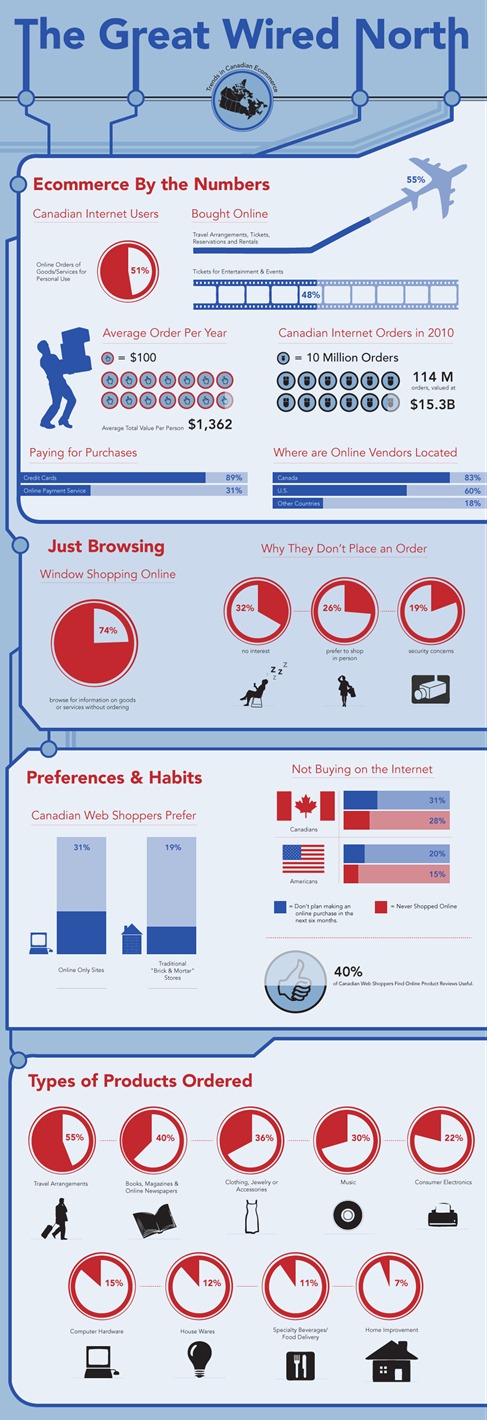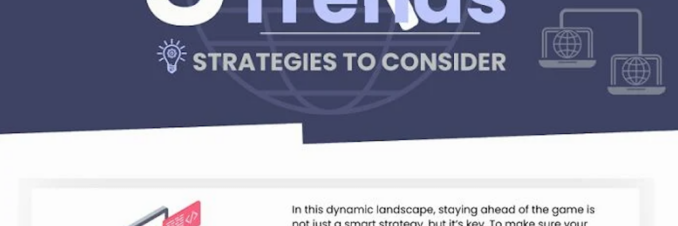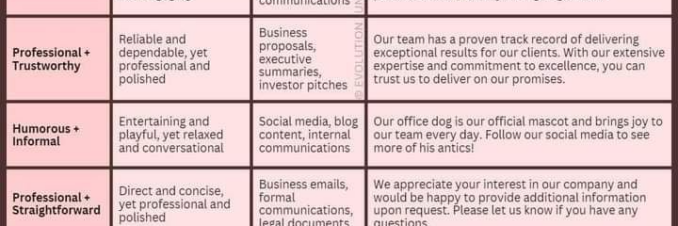 Ultra-low interest rates mixed with stabilizing home prices continued to push housing affordability in the third quarter near its highest levels in more than two decades, according to the latest National Association of Home Builders/Wells Fargo Housing Opportunity Index.
Ultra-low interest rates mixed with stabilizing home prices continued to push housing affordability in the third quarter near its highest levels in more than two decades, according to the latest National Association of Home Builders/Wells Fargo Housing Opportunity Index.
For the third quarter, 72.9 percent of all homes sold were affordable to families earning the national median income of $64,200, according to the index. This marks the 11th consecutive quarter that the affordability measure was above 70 percent; prior to this it rarely was above 60 percent.
"With interest rates at historically low levels and markets across the country beginning to improve, home ownership is within reach of more households than it has been for nearly two decades," Bob Nielsen, chairman of the National Association of Home Builders, said in a statement. "However, tough economic conditions — particularly in markets that experienced major changes in house prices and production — as well as extremely tight credit conditions confronting home buyers and builders continue to remain significant obstacles to many potential home sales."
The most affordable major housing market nationwide? Lakeland-Winter Haven, Fla., in which 92.5 percent of all homes sold were found to be affordable to households earning the median family income of $53,800 for the area. Other affordable major markets included Toledo, Ohio; Youngstown-Warren-Boardman, Ohio-Pa.; Indianapolis-Carmel, Ind.; and Ogden-Clearfield, Utah. For smaller housing markets, Fairbanks, Alaska, ranked the highest, in which 97.8 percent of homes sold during the third quarter were found to be affordable to families earning the median income of $91,700.
Meanwhile, the least affordable major housing market continues to be New York-White Plains-Wayne, N.Y.-N.J., in which 23.3 percent of all homes sold were affordable to those earning the area’s median income of $67,400.



























































![A 44-Point SEO Checklist to Help Improve Your Process [Infographic]](http://www.emmanuelfonte.com/wp-content/uploads/2023/08/SEO-678x226.png)

